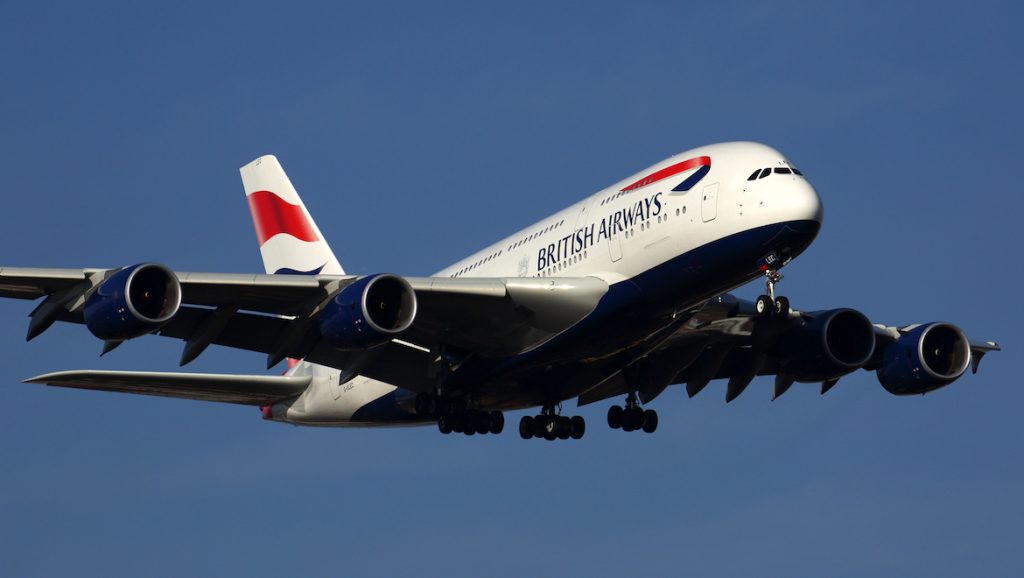
UK flag carrier British Airways remains committed to the return of its four-engined Airbus A380s, and has touted the potential use of its wide-bodied fleet on short-haul intra-European routes as travel demand increases.
Unlike many airlines that have made the decision to cut the A380 from their fleet at an accelerated pace due to the pandemic, British Airways’ chief executive Sean Doyle said this week that the superjumbo remains “in our plans for the future rebuild of the airline”.
However, Doyle did specify that the airline likely wouldn’t return the four-engine jet to service until long-haul travel demand picks up.
Meanwhile, this week it was also revealed that the British flag carrier is considering utilising its wide-bodied fleet on its short-haul intra-European routes, such as those headed to Spain and Greece, once the UK re-opens its borders for non-essential travel.
Currently, the UK government has stated that from 17 May, Britons will be allowed to travel internationally once again, which has European sun-spots gearing up for a wave of tourists.
As such, according to sources close to the matter, British Airways is reportedly preparing to utilise its biggest aircraft on these popular short-haul routes, in order to capture as much of the leisure travel market throughout the upcoming European summer season as possible, and bolster its revenue.
According to a report by Bloomberg, British Airways has a number of its Boeing 787s, 777s and Airbus A350s primed and ready at London Heathrow Airport, all of which can carry up to twice as many people than its smaller single-aisle jets that would usually be used for intra-European routes.
The decision on whether or not British Airways will use its larger jets for short-haul routes will be made to align with the carrier’s booking volumes, as well as the easing of travel restrictions throughout Europe.
While using a Dreamliner to jump from London to Santorini would bolster passenger revenue, it would also serve as a way for the airline to keep aircraft maintenance, as well as cabin and air crews, current, as a meaningful recovery in long-haul travel demand continues to remain a way off.










